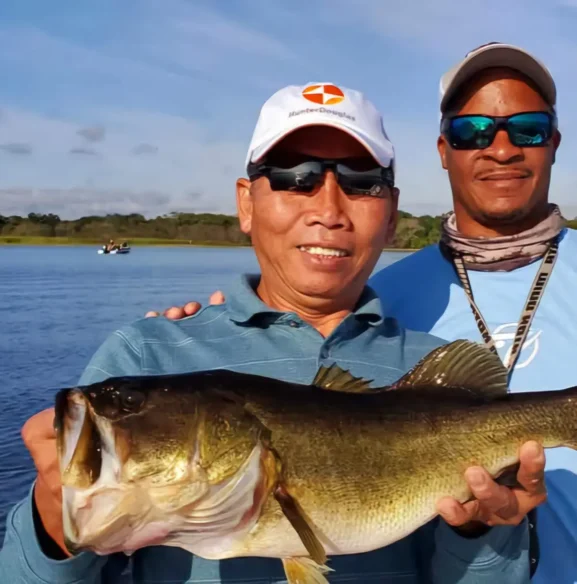Fishing For Florida’s Invasive Fish
So, what exactly is an invasive species? Well, it refers to an organism that isn’t native to a particular area and tends to spread, causing damage to the environment, the economy, or even our health. When fish are introduced to new waters without natural predators to keep them in check, they often end up outcompeting the local species for food and resources. These fish can arrive in various ways—through aquarium releases, escapes from fish farms, ballast water from ships, or even natural events like hurricanes. The effects of invasive fish species can be pretty severe. They can disrupt the entire food web, lead to the extinction of native species, and even change the physical makeup of habitats. Economically, they hit hard, too—local fisheries can take a nosedive, tourism can suffer, and managing these invaders can cost millions.
Non-Native Species VS Invasive Species
It’s important to distinguish between non-native species and invasive species. Not every fish that shows up in new waters causes problems; many non-native species can coexist without much fuss. However, invasive species cause actual harm. Florida’s warm climate is a haven for many non-native species, but not all become invasive. Some lack a competitive edge, can’t reproduce in their new environment, or depend on specific conditions not met here.
Let’s talk about some of Florida’s more notorious invasive fish species. The state’s warm waters and extensive network of waterways create a perfect breeding ground for them:
Blue Tilapia: These fish aren’t precisely trophy catches, but you can find urban anglers using small bits of hot dogs, bread, or worms to see them. There are no bag or size limit restrictions, making them a common catch. Regarding diet, they primarily munch on plankton and tiny organisms found in bottom detritus.
Snakehead: These fish thrive in overgrown canals, often lurking among vegetation and debris. They’re fascinating because they can breathe air, allowing them to survive in stagnant waters. They spawn from March to May; an adult female can produce an astounding 4,700 eggs! While they can be a popular target for sport fishing, they come with no bag or size limits.
Walking Catfish: This unique species prefers shallow, vegetated waters and is known to dominate smaller pools in the Everglades. They can even thrive in low-oxygen environments since they can breathe air, making them adaptable to seasonal water-level changes. They eat various foods, including small fish and aquatic insects. Due to their lackadaisical nature, anglers typically do not seek walking catfish. However, they pose a threat to the ecosystem and are targeted for eradication.
Clown Knife Fish: Found in lakes and swamps, young Clown Knife Fish typically hang out in schools, while adults prefer to be lone wolves near shorelines. They are excellent jumpers and can survive in warm, stagnant waters with low oxygen levels, making them an intriguing catch.
Oscar Fish: Found in the canals in South Florida surrounding the Everglades. They thrive in marsh habitats, and while they are less common in coastal areas, they still make a splash in the local ecosystem.
While these invasive fish may not be the story’s hero, you can be. Once you understand their impact on Florida’s waters, you can see that it is crucial for preserving the unique aquatic life we treasure. It’s up to all of us to take action and remain vigilant in the face of this silent invasion.
So now that you’re on board
CLICK HERE to book an Invasive fishing trip.



